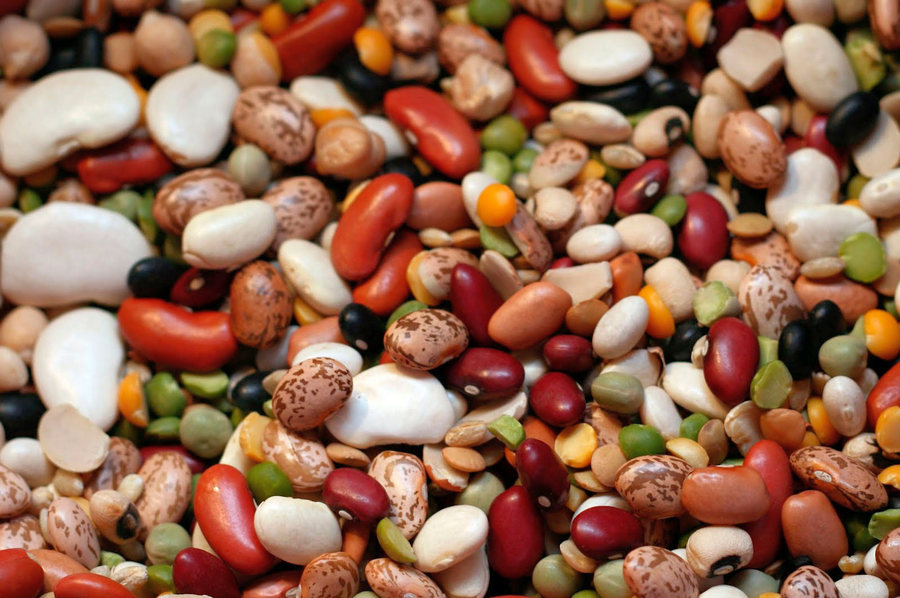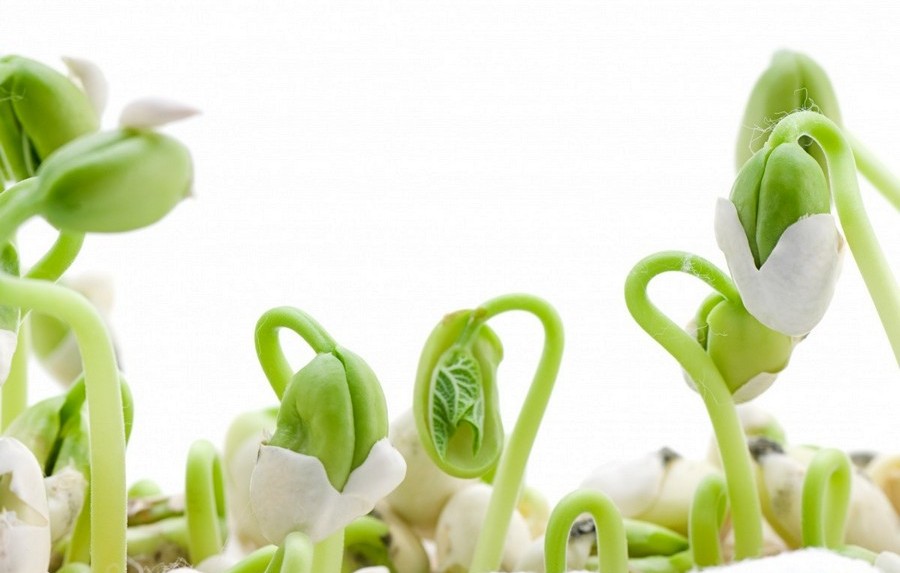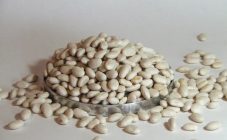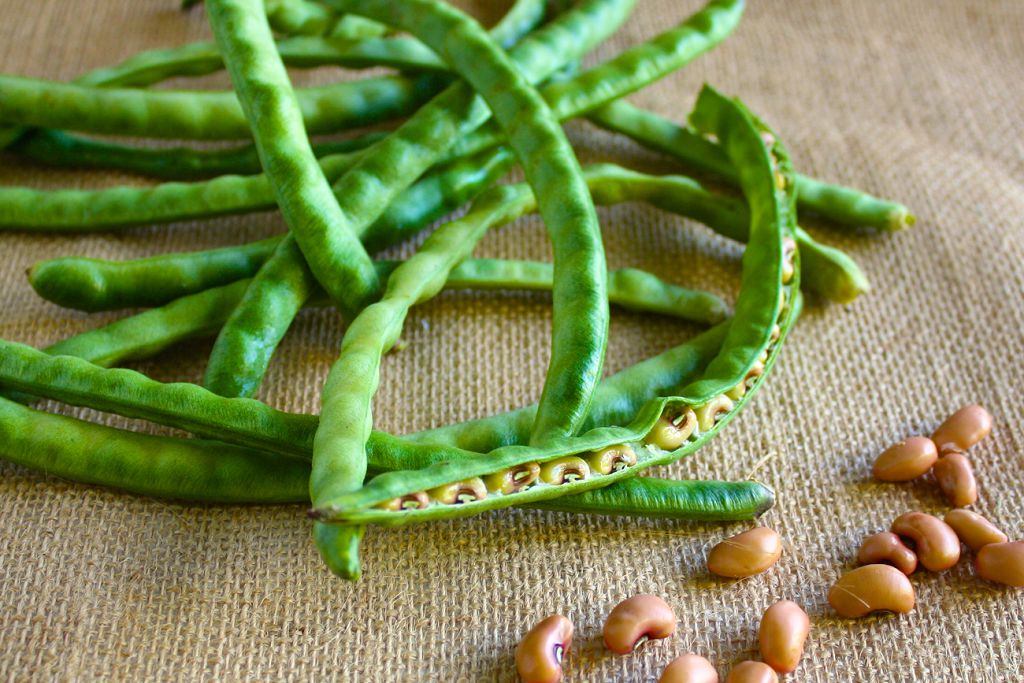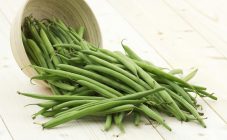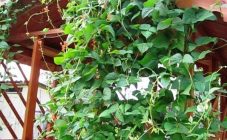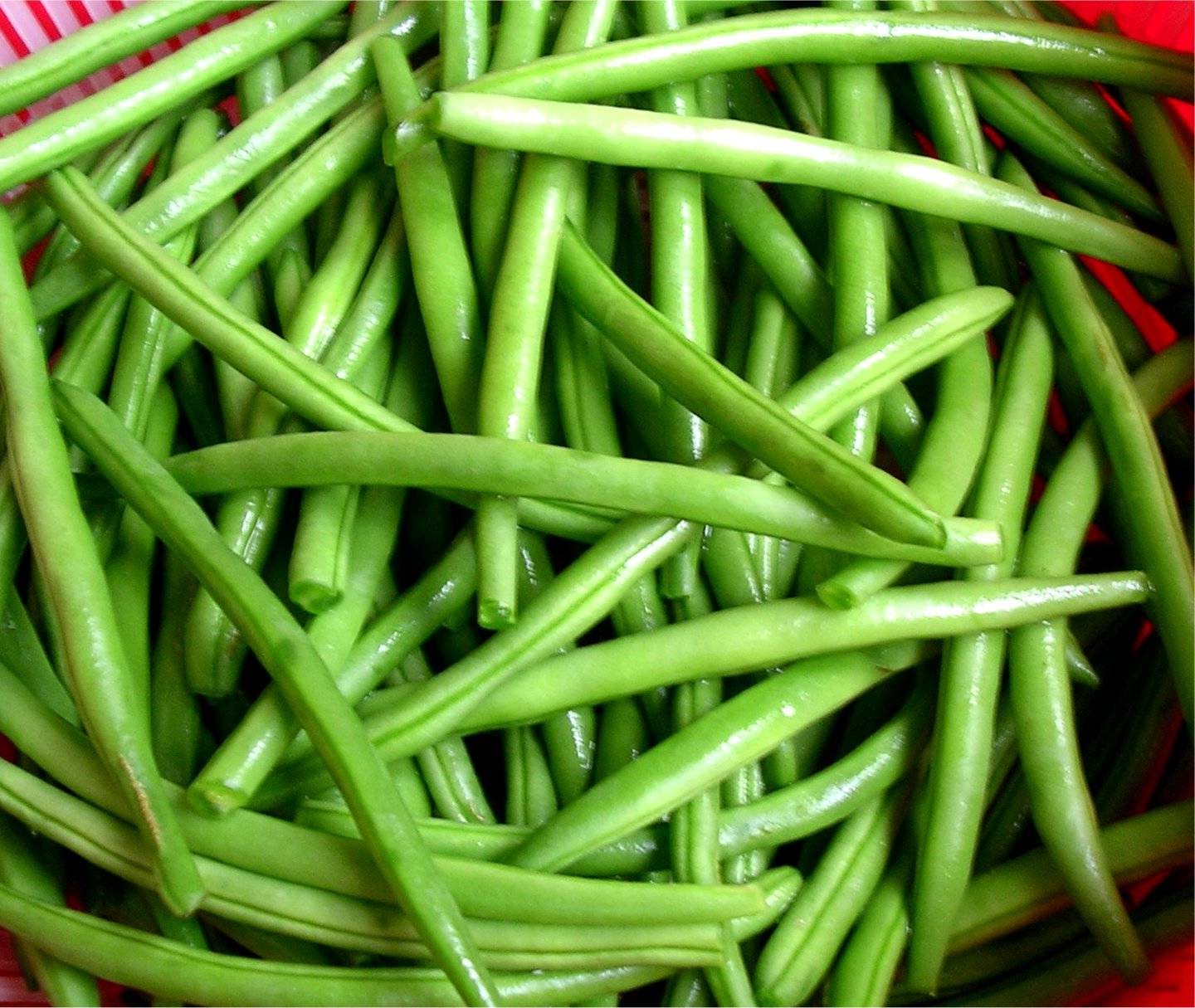Beans are cultivated plants that do not require special care and bear fruit well even in adverse conditions. In order to harvest a large crop of beans, the gardener needs to choose the right place for planting, provide the required amount of moisture and nutrients. But before you start leaving, you should wait for the shoots to appear. To increase germination and shorten germination time, seed material is germinated at a specific temperature and humidity. How does this process take place, and should it be carried out?
Why sprout beans
The main reason why it is advisable to engage in germination is the dense skin. A strong film covering the seeds often prevents the sprouts from breaking through from the core to the outside, which is why the germination capacity of the crop is usually moderate, and in some cases low.
Germination is also carried out in order to approximately know the number of plants and not waste time on reseeding. And it is not always possible to sow the plant again, since by the time the bean sprouts break through to the surface, the optimal time for planting, as a rule, passes. Therefore, in order for the house to be full of this valuable bean, professional agricultural technicians strongly recommend planting only sprouted seeds.
Nutrients
The formation of a sprout inside the seeds is one of the most amazing phenomena. Therefore, it is interesting to observe this process for both adults and children. How beans sprout:
- On the first day, the seeds are collected with water and slightly increase in size. It is at this time that a sprout begins to form inside the seed;
- On the second day, the post-cotyledonous knee forms and the seed coat begins to break down. The embryo of the bean seed receives nutrients from the endosperm during germination;
- On the third day, the formation of the sprout ends, and the beans are ready for planting.
For planting, seeds are used that germinated for 2-3 days. For cooking and eating raw, beans are kept in a humid environment for 4-5 days. During this time, the grains form sprouts 4-5 cm long.
Sprouted beans contain a huge amount of macro and microelements, including vitamins of the PP and B groups, phosphorus, potassium, magnesium, sodium, zinc, copper. Also in the composition of the grains, experts found 15 types of amino acids, tocopherol, beta-carotene. Thanks to the impressive composition of vitamins, people who regularly eat bean sprouts lower blood sugar, strengthen the immune system, and cleanse blood vessels of harmful cholesterol. Also, porridge and bean salad are indicated for use by people who have metabolic disorders and problems with hematopoiesis.
Those who do not like porridge or germ salad can prepare hot dishes from bean sprouts. Beans go well with mushrooms and meat. In addition, the benefits of multicomponent dishes increase significantly, since the body immediately receives the maximum amount of elements necessary for functioning.
How to sprout beans at home
The first step in growing any plant is buying or collecting seeds.Among the types of legumes, you need to choose those that are best adapted to the breeding region. People looking to consume raw beans should look out for white-colored varieties such as Mash and Mung. According to experienced gardeners, who include only organic foods in their diet, bean salad is good for filling and energizing.
Before you start germinating the purchased seeds, you need to carefully sort them. For planting, shriveled, damaged, and seeds that have mold or rot are not used. It is worth removing garbage from the seeds. Having chosen the most suitable variety and having sorted out the planting material, you need to decide on the method of germination. There are several of them:
- A piece of cloth is soaked in lukewarm water and placed on a plate or tray. The grains are laid out in one layer over the surface of half of the cut, and then covered with the other half. You can use 2 pieces of fabric. The material must always be moist, otherwise the embryos will die. Do not add too much water as the seeds can rot. To prevent the appearance of putrefactive plaque, from time to time, the fabric must be washed under running water;
- How are beans germinated in polyethylene? The hand-rolled method is very popular among gardeners. All that is needed for the sprout to break through to the surface faster is a piece of plastic and toilet paper. Dimensions of a cellophane roll: width - 7-10 cm, length - 35 cm. Toilet paper is laid out on cellophane, and then moistened with water. Departing from the edge 1 cm, lay out the seeds, keeping a distance of 0.5-1 cm. The grains are covered with paper and moistened with water. Cellophane is rolled up and placed with the edge where there are no seeds in a container with a small amount of water. The sprouts appear 5-7 days after the beans are laid. As you can see, this is the fastest way to sprout beans;
- How to sprout beans properly at home using a glass jar? The beans are placed in a container and soaked for 3-4 hours in water at room temperature. After that, the beans are removed, washed and put back into the jar. The container is covered with gauze from above. Until the first sprout appears, the grains are washed 2 times a day;
- Sprouts are also grown with cotton balls or rollers. To do this, put cotton wool in a shallow glass container, place beans on top and moisten it all with a syringe. The container is placed on the windowsill. Sprouts appear 24 hours after the start of germination.
Planting is done when the length of the embryos is 1-2 mm. The soil on the site should be loose and nutritious. In heavy soil, even properly germinated seeds often die.
How to sprout beans for food? A phased plan for stimulating seeds to sprout looks like this:
- Of all the containers available on the farm, a low plastic vessel is chosen;
- Several small holes are made at the bottom through which excess water will come out;
- The prepared container is placed in a deep container in such a way that the bottoms do not come into contact with each other;
- The vessels are covered with gauze and the seeds are laid out;
- The gauze is moistened with water, and the seeds are covered with another piece of material;
- The container is placed in a warm and well-lit place;
- The bean is poured with warm water at intervals of 3 hours. To prevent the appearance of mold, the liquid collected in the lower container is poured out. When using this method, sprouts appear already on the 2nd day after laying.
Green sprouts that can be eaten and used for making salads are formed 4-5 days after the seeds are laid. Since embryos have a high nutritional value, doctors recommend using a healthy product for patients who want to strengthen their health and improve the functioning of the body. Sprouted white beans have the ability to positively affect hemoglobin, and also reduce cholesterol and sugar.
Sprouting beans is very easy and fun at the same time. To cope with this task is within the power of not only anyone who wishes, but also a high school student. Sprouted beans are used for planting and consumption raw. A variety of dishes are prepared from the beans, which not only delight the taste buds, but also bring tangible benefits to the entire body. Moreover, with beans grown on time, you can get a much larger yield than with a crop planted later than the recommended terms.
